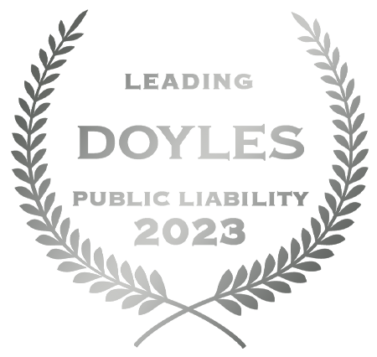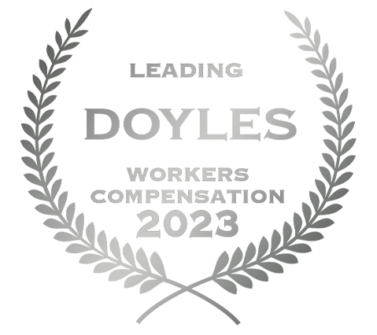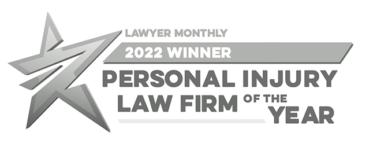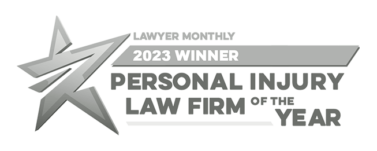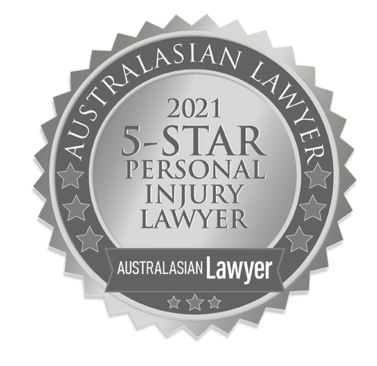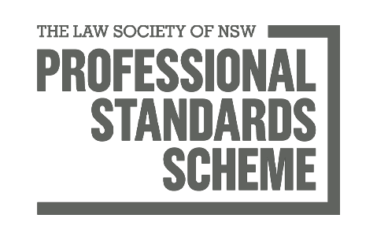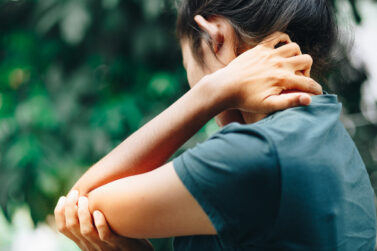
Soaring Injury Rates Spark Trampoline Park Public Liability Debate.
With close to 100 centres built Australia-wide in the past six years, trampolining is now one of the fastest-growing and most popular recreational pastimes in the country.
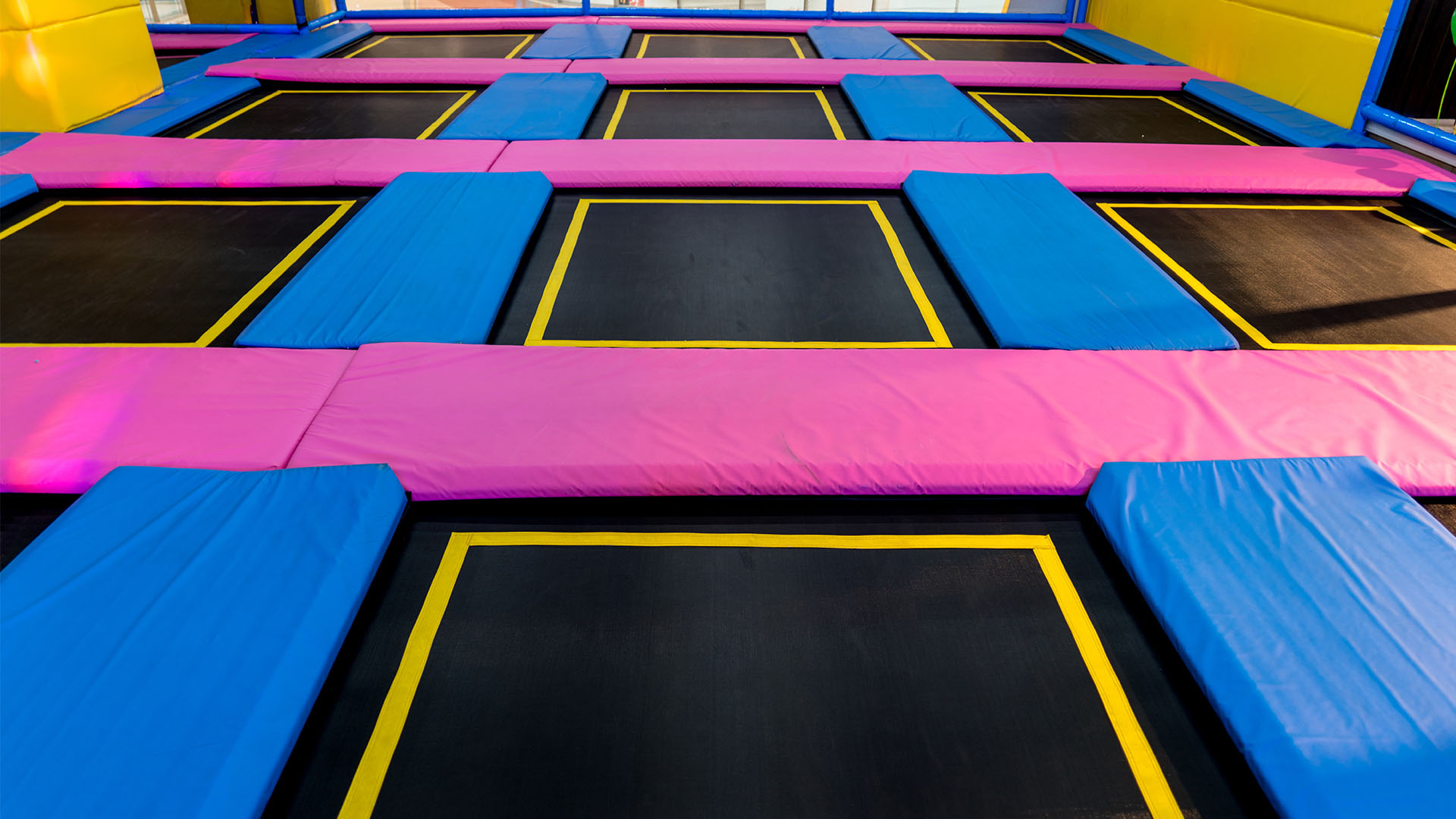
And it’s not hard to see why. A day out at a trampoline park gives you the chance to fly through the air, spend time with friends and enjoy a full body fitness work out at the same time.
Yes, it can certainly be a fun-filled day out for kids and adults, but alarmingly this increase in popularity has also brought with it a sharp rise in the rate of injury.
A study conducted by the University of Sydney earlier this year found that nearly 500 children in the past six years across three states in Australia reported to the emergency department as a result of an injury sustained at an indoor trampoline park.
Nearly 15 percent of children who presented to the emergency departments were admitted to hospital due to the serious nature of their injuries which includes dislocations, spinal injuries, internal injuries and severe fractures.
This rise in the rate of injury has left many questioning exactly what the park’s responsibility is along with the possibility of potentially making a public liability claim.
If I get injured, can I make a public liability claim even if I sign a waiver?
A common misconception on both the part of the consumer and the business owner is that signing a waiver completely protects the business from any liability when it comes to sustaining an injury. This is not always the case.
Each accident will be judged individually with the circumstances leading up to the accident all taken into account.
Trampoline parks are obligated by Australian Consumer Law to ensure that all their equipment is maintained, properly serviced and presented so as to create the safest possible environment.
For example, say an air conditioning vent at the back of the park started leaking water onto a trampoline and a child jumped and then slipped when landing right on the puddle which had formed due to the leak – resulting in a broken ankle. In this scenario, the park would likely not be protected by a signed waiver as they effectively failed in their duty to ensure a safe environment by not monitoring or detecting any potential hazards – which in this case, directly caused the slip injury.
Waivers best protect businesses when they work in tandem with a properly managed and effective injury prevention and management plan.
If I or a loved one gets injured, what do I do?
It’s important to alert the park’s authority who can call a paramedic, if needed, and can register the occurrence of the accident.
When you can, it will also be helpful to any photos of the area or document the events leading up to the accident.
With a public liability case, what can I claim for?
Compensation that results from a public liability claim can cover lost income, medical and travel expenses, domestic assistance, pain and suffering, permanent impairment and future losses.

Shane Butcher
Principal
An accredited specialist in personal injury law and spokesman for the Australian Lawyers Alliance, with the best part of 20 years’ experience in assisting injured Australians to receive everything they’re entitled to.
Call 13 15 15 or chat to us now for free advice
Chat nowFind out how much you can claim.
Get startedDo I have a case?
Our senior lawyers will assess your case for free.


